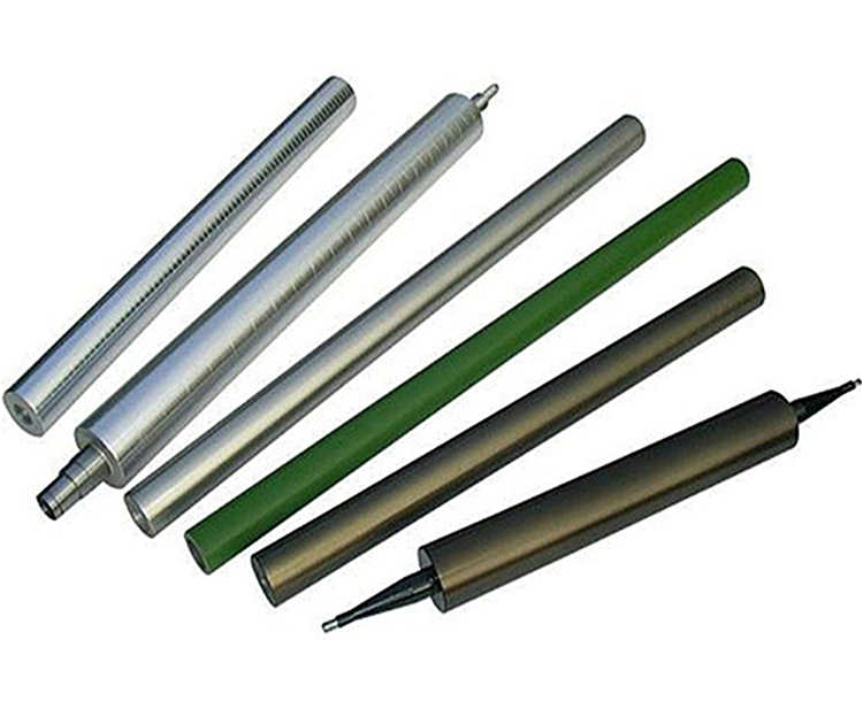Exploring the Applications and Benefits of Thin Steel Files in Various Industries
Exploring Thin Steel Files A Versatile Tool in Metalworking
Thin steel files, although small in stature, play a significant role in the realm of metalworking and craftsmanship. These precision tools, varying in size and shape, are essential for shaping and finishing metal components, facilitating a range of tasks from fine detailing to general smoothing. Their design makes them a fundamental instrument in various industries, including manufacturing, construction, and repair work.
The Anatomy of a Thin Steel File
A typical thin steel file comprises a handle and a flat working surface commonly referred to as the filing area. The file itself is usually made of hardened steel, allowing it to withstand the rigors of metal shaping without deforming or losing its cutting edges. The filing surface is covered in a series of grooves or teeth, which can vary in size and spacing depending on the intended application. These teeth are meticulously crafted to remove metal efficiently and to create a smooth finish on the workpiece.
Thin files can be categorized into several types, each serving a distinct purpose - Flat Files These are the most common type, featuring a flat surface ideal for smoothing metal edges and shaping flat surfaces. - Round Files Designed with a circular cross-section, round files are perfect for enlarging holes and creating rounded surfaces. - Half-Round Files Combining features of both flat and round files, half-round files offer versatility, allowing for both flat and curved surfaces to be shaped with ease. - Triangle Files With their pointed edges, triangle files are excellent for internal corners and for precision work where accuracy is critical.
Applications of Thin Steel Files
thin steel files

The applications of thin steel files are as diverse as their types. In metalworking, they are primarily used for - Deburring After machining processes, metal components often have sharp edges or burrs. Thin files effectively remove these imperfections, ensuring a smooth and safe surface. - Shaping Files can help in sculpting metal to fit specific dimensions, which is vital in creating parts that must align perfectly in assemblies. - Fitting When creating assemblies where parts must fit together precisely, files play an integral role in fine-tuning each component. Aside from metalworking, thin steel files are also widely utilized in woodworking, jewelry making, and even in model building. Their ability to provide a fine tactile finish makes them indispensable in many crafts where detail matters.
Best Practices for Using Thin Steel Files
To get the best results from thin steel files, there are several best practices to consider 1. Choosing the Right File Always select the appropriate file for the task. Using a coarser file for quicker material removal and a finer file for finishing can dramatically improve efficiency and results. 2. File Technique Employ a smooth and steady motion when filing. Push the file away from you to engage the teeth effectively, and lift it off the surface on the return stroke to increase the tool's longevity. 3. Maintenance After use, it’s crucial to clean the file to prevent metal shavings and debris from clogging the teeth. A wire brush or a cleaning card can be used for this purpose, ensuring the file remains effective for future use.
Conclusion
Thin steel files might appear to be simple tools, but their effectiveness and versatility make them invaluable in metalworking and various crafts. Whether one is a seasoned professional or a hobbyist, incorporating high-quality thin files into the toolkit can significantly enhance the quality of work produced. As industries continue to evolve, the reliance on such precise instruments will remain a staple in achieving perfection in craftsmanship. The unsung heroes of the metalworking world, thin steel files, foster creativity and precision, proving that even the simplest tools can have profound impacts on the art of making.
Share
-
The Ultimate Guide to Square Files for Precision WorkNewsJun.26,2025
-
The Power of Flat FilesNewsJun.26,2025
-
Revolutionize Your Craft with High-Performance Rotary FilesNewsJun.26,2025
-
Precision and Durability with Diamond-Coated Needle FilesNewsJun.26,2025
-
Essential Tools for Precision Work: Round Metal Files and MoreNewsJun.26,2025
-
Essential Tools for Precision Sharpening: Triangular FilesNewsJun.26,2025







